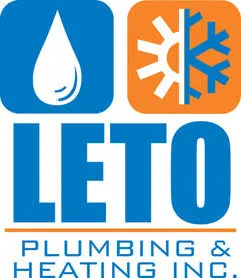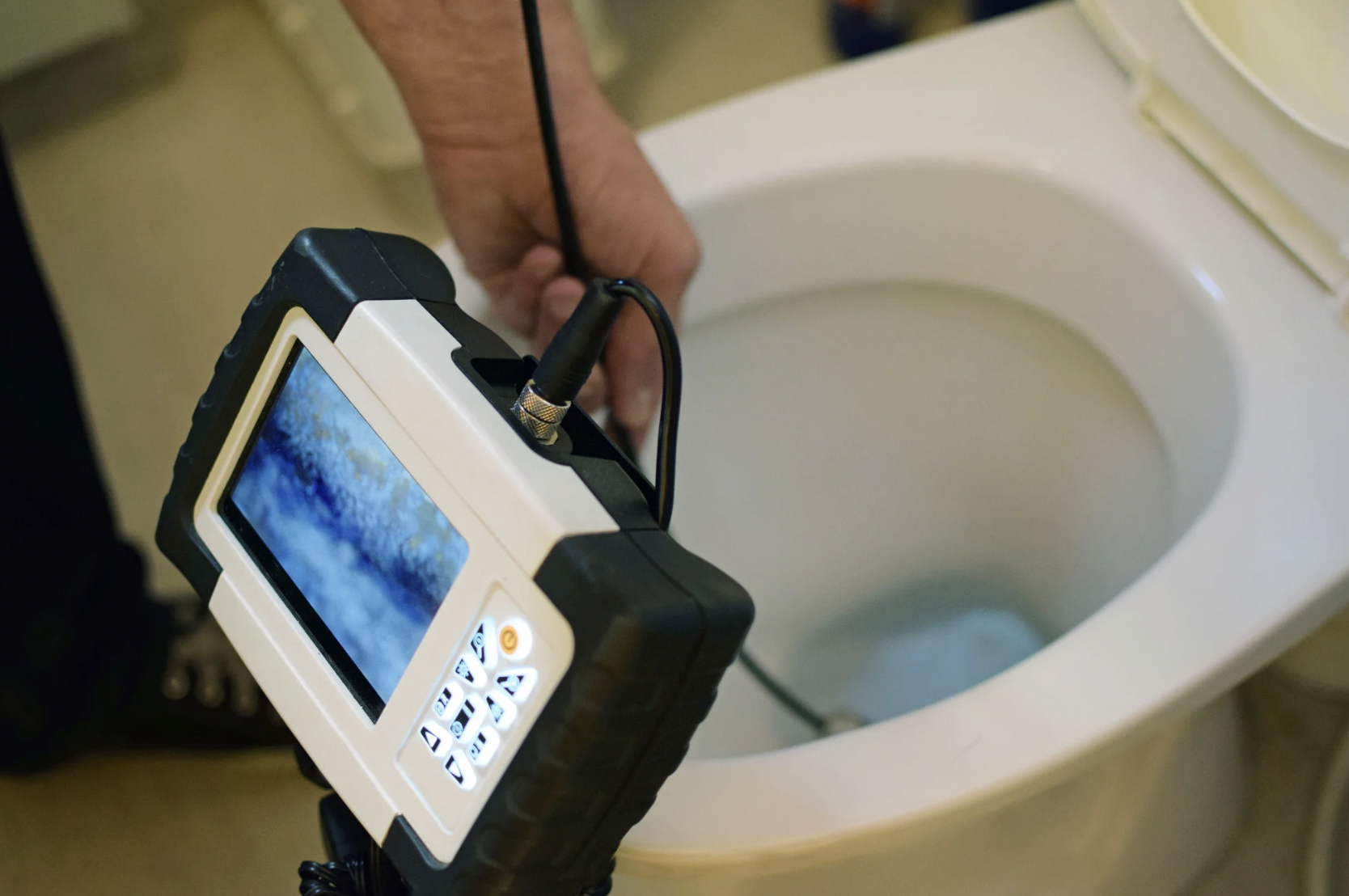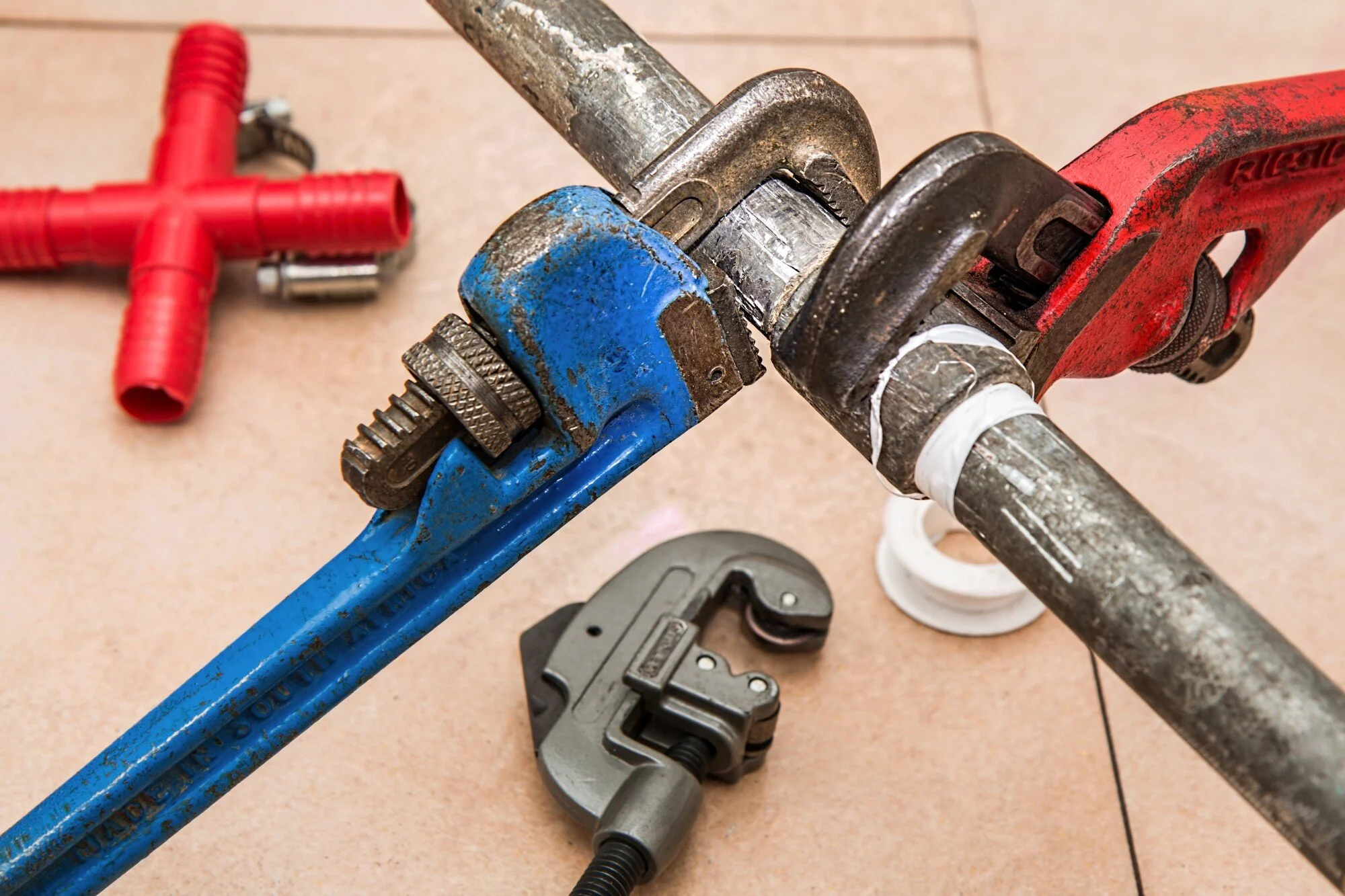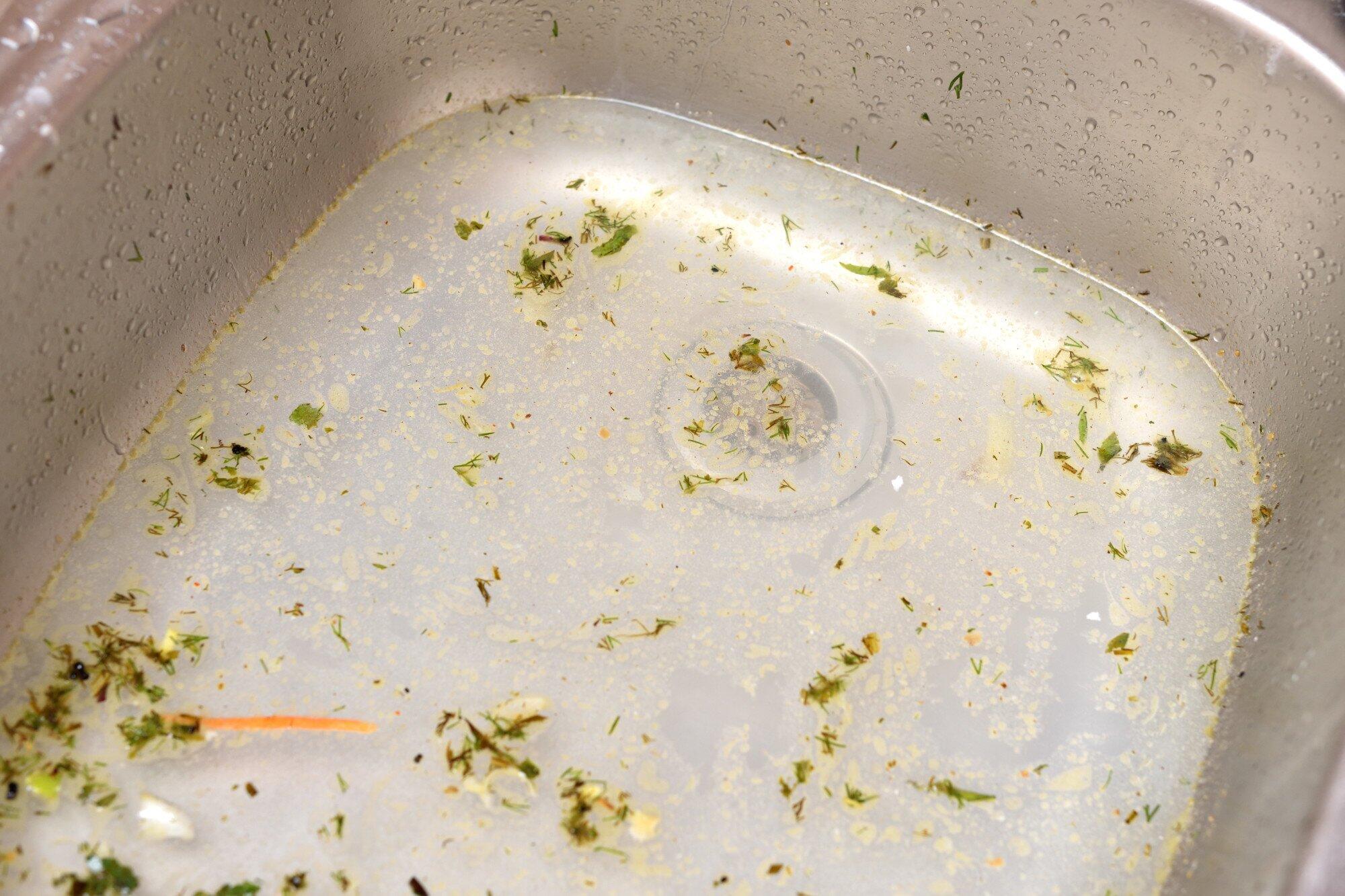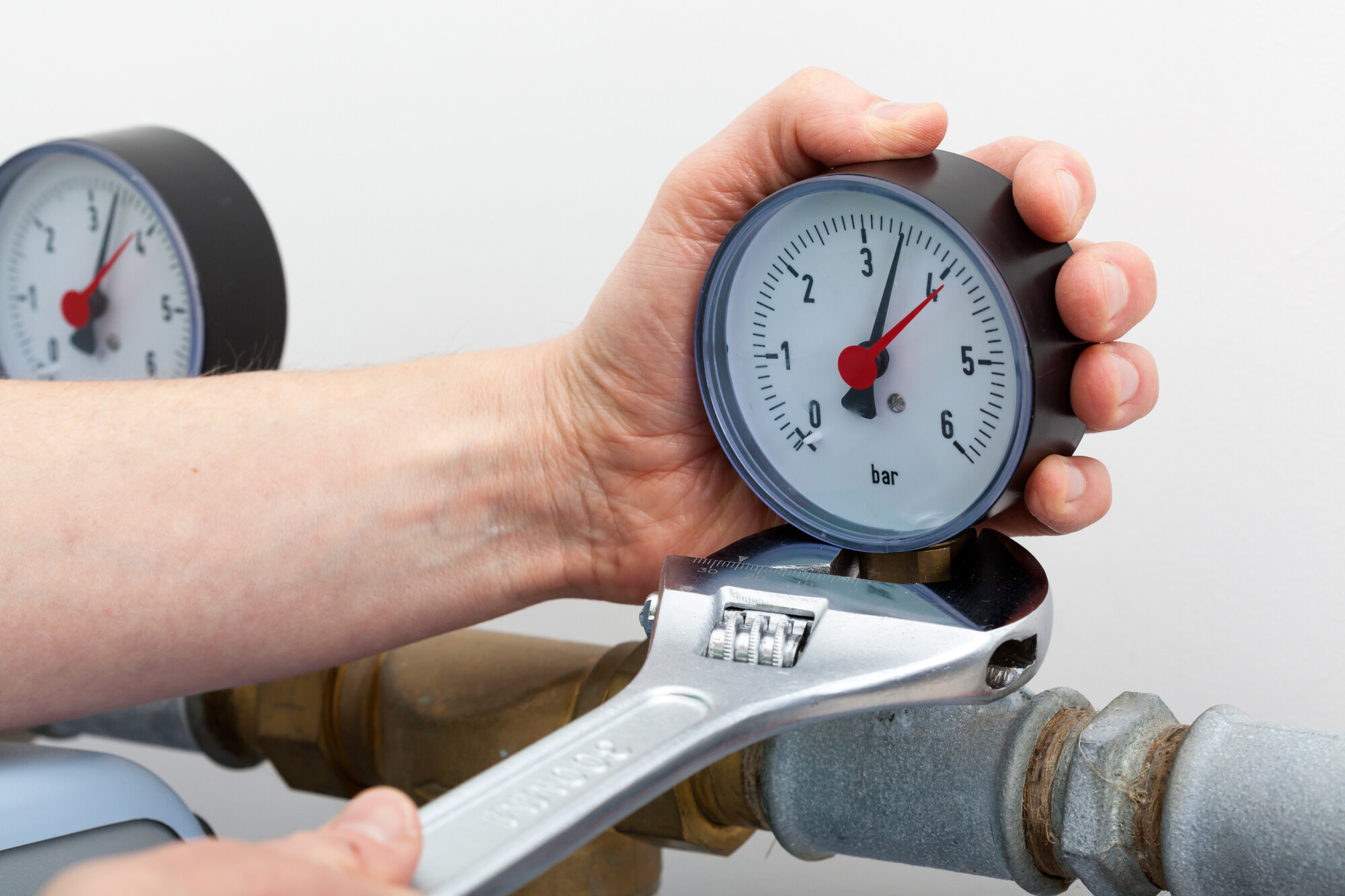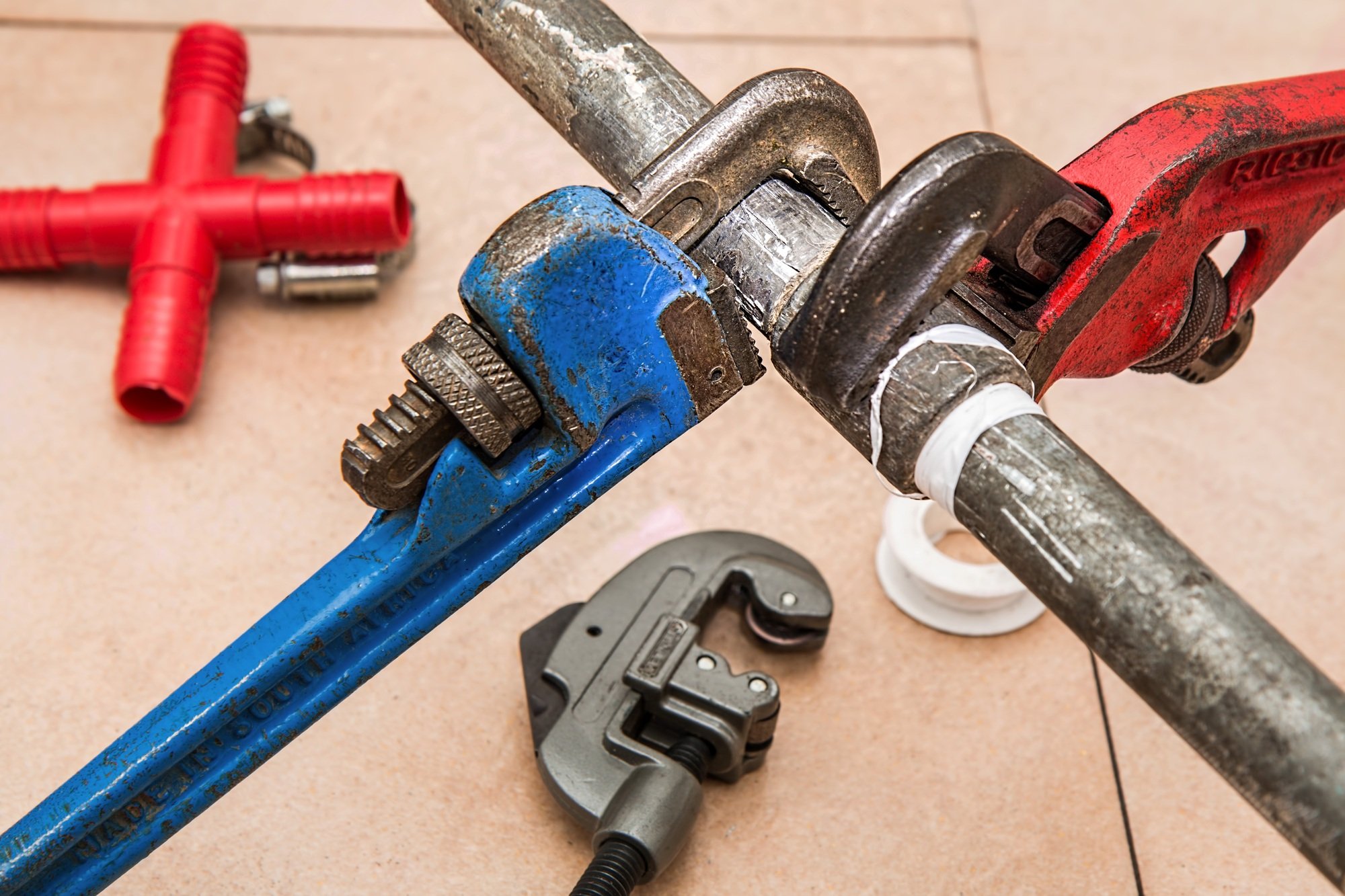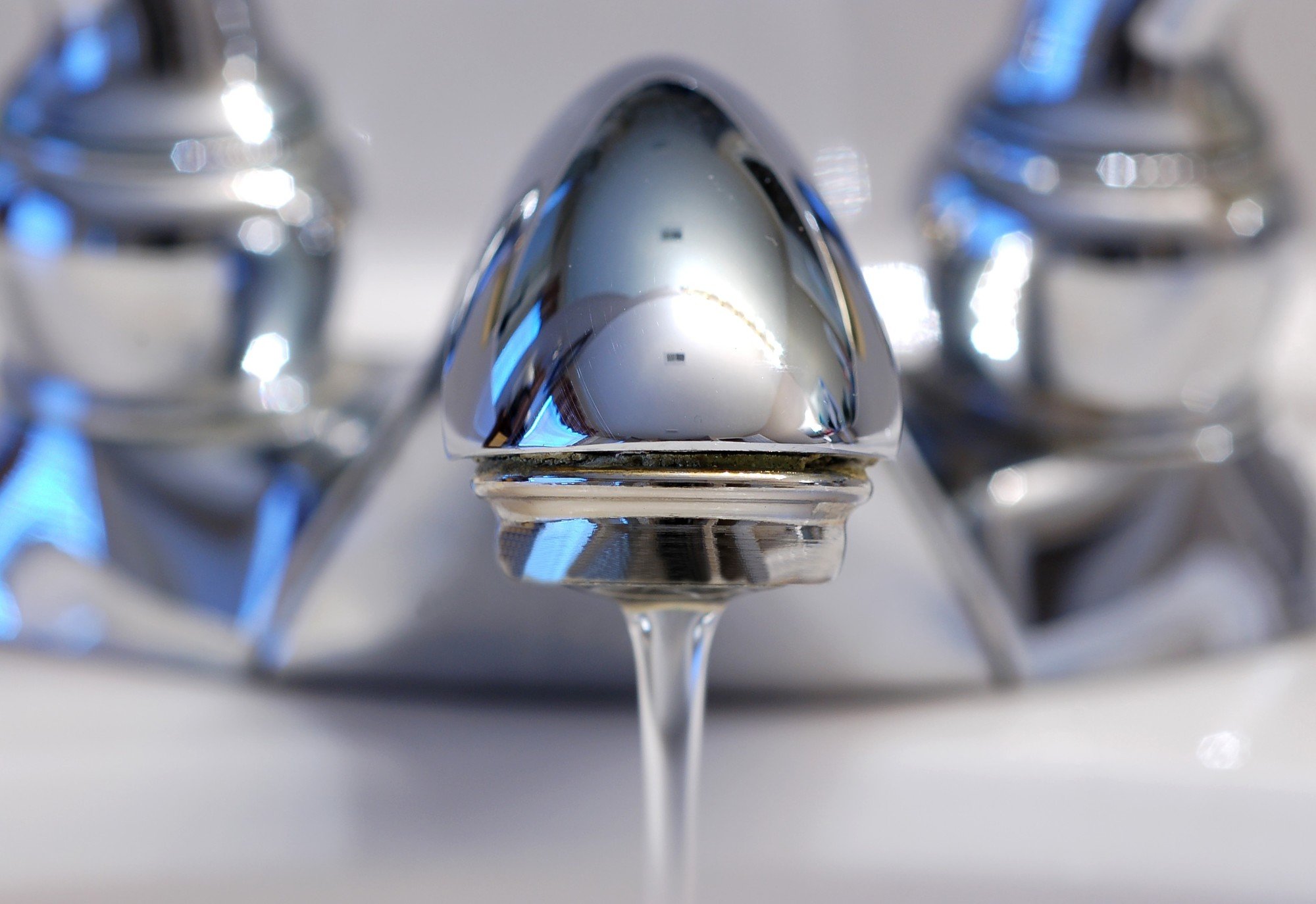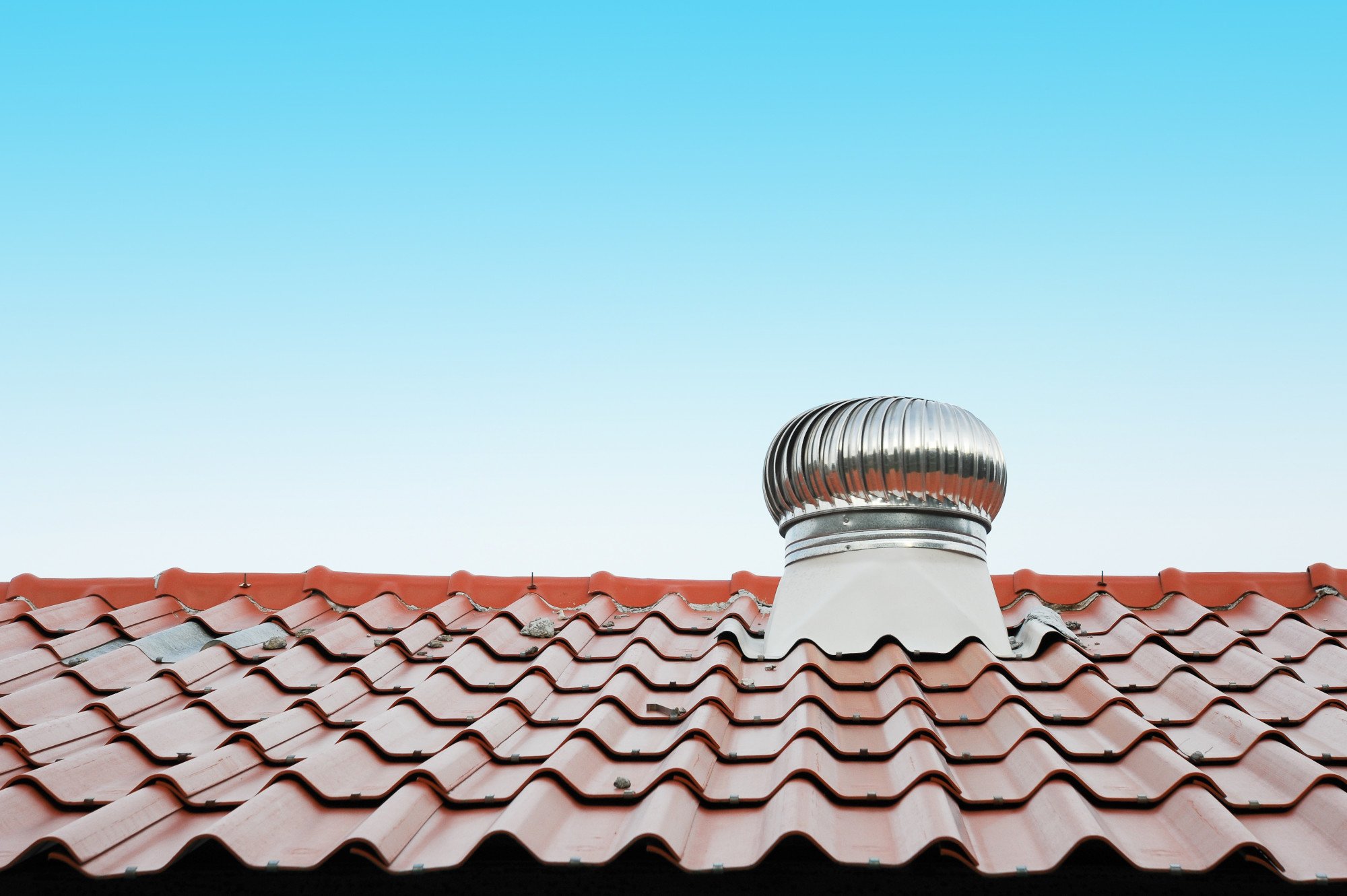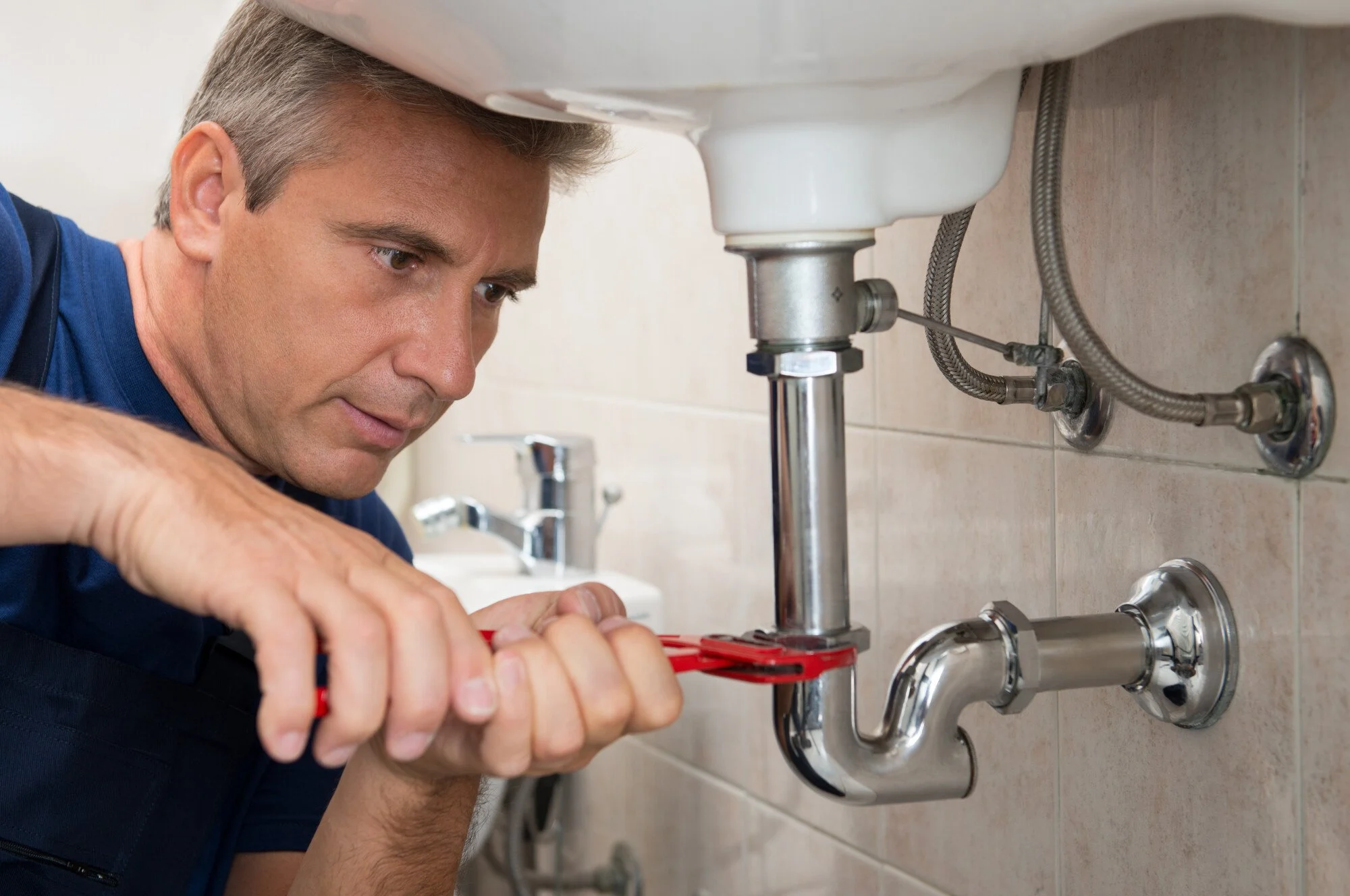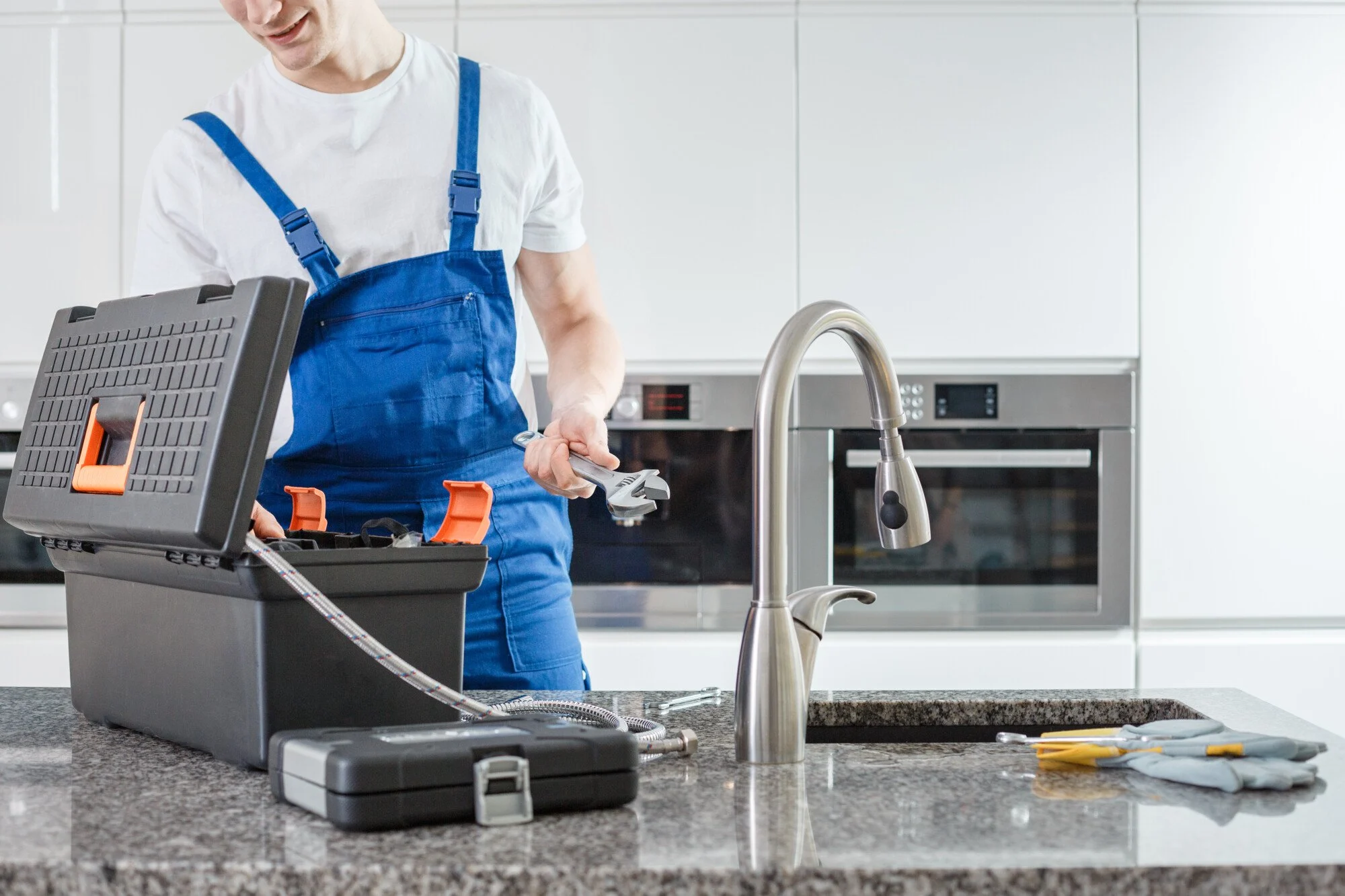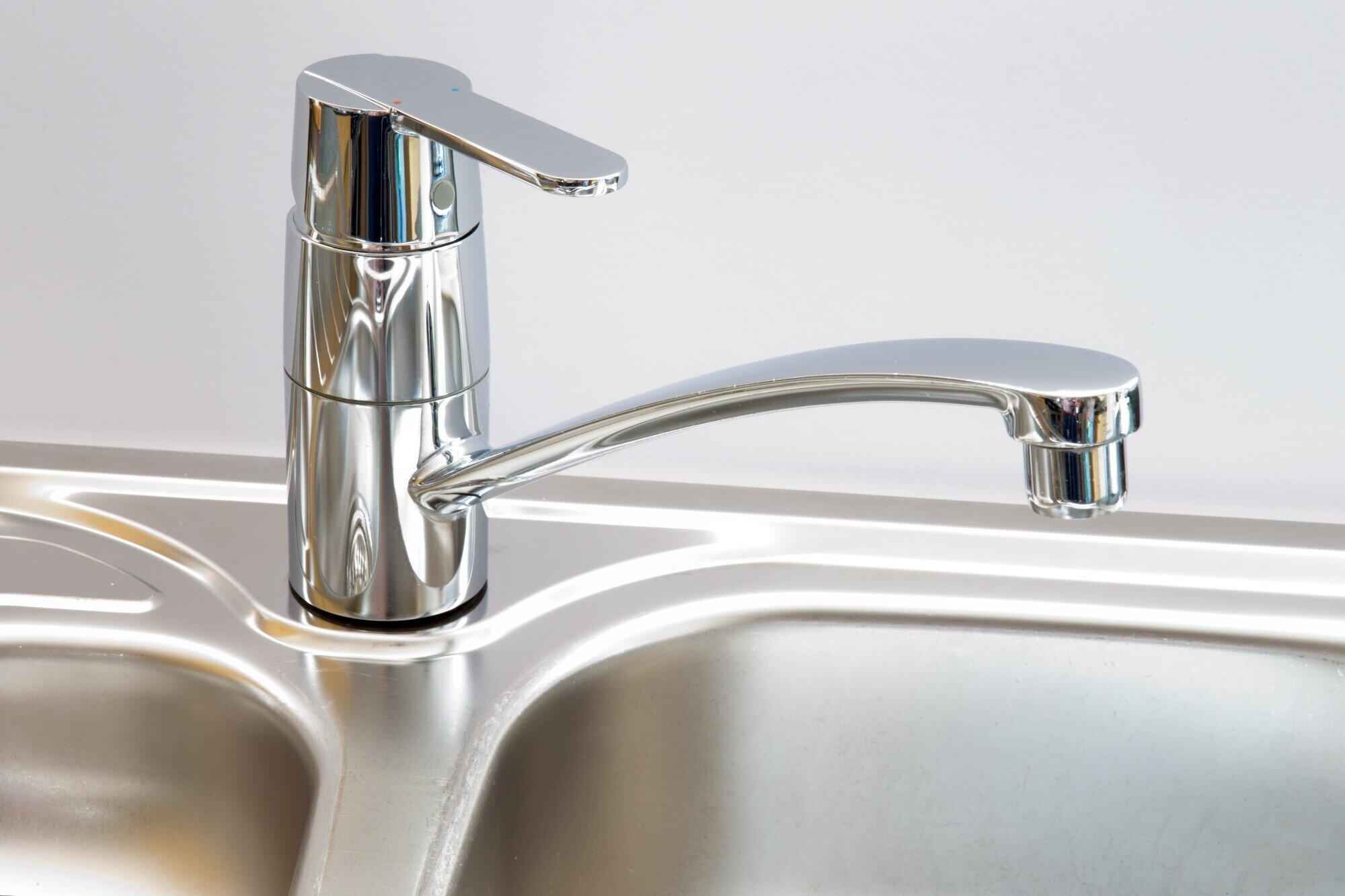
Dealing with a leaky sink faucet can be quite a hassle. However, fixing it is something that many homeowners can undertake as a DIY project. In this detailed guide, we’ll walk you through the process of diagnosing and repairing your leaking faucet step by step, ensuring that your plumbing installation is in top shape.
Keep reading for information that will let you tackle a leaky sink faucet like a pro! With our easy-to-follow instructions, you’ll be able to resolve the issue efficiently and restore functionality to your sink in no time.
Tools and Materials You’ll Need
Before you roll up your sleeves, make sure you have the following tools and materials on hand. Collect the following:
- Adjustable wrench
- Screwdriver (Phillips or flathead)
- Replacement washers or O-rings
- Plumber’s tape (Teflon tape)
- Towel or rag
These basic tools and materials should cover the most common faucet repairs. However, the specific tools and materials required may vary depending on the type and brand of faucet you have.
It’s always a good idea to have these items on hand before beginning any faucet repair project to ensure an easy and successful process.
Plumbing Repair Process
Repairing a leaking faucet can seem daunting, but it’s a task that many homeowners can tackle. Here’s a step-by-step guide to help you through the repair process:
Turn Off the Water Supply
Find the shut-off valves beneath the sink. Turn them clockwise to shut off the water supply. If there are no shut-off valves, you may need to turn off the main water supply to your home.
Disassemble the Faucet
Use the correct screwdriver and remove the screw securing the faucet handle. Once the screw is fully removed, take off the handle to expose the valve stem assembly.
Depending on the type of faucet, you may need to remove additional components to access the internal parts.
Inspect and Replace Components
Examine the valve stem assembly for signs of wear or damage, such as worn washers, O-rings, or cartridges. If necessary, replace these components with new ones of the same size and type.
Before reassembly, wrap the valve stem threads with the plumber’s tape to create a tight seal and prevent leaks.
Reassemble the Faucet
Before reassembling the faucet, clean all components. Carefully reassemble the faucet handle, ensuring all components are correctly aligned and securely fastened. Use a screwdriver to tighten the screw that keeps the handle in place.
Turn On the Water Supply
Once the faucet is fully reassembled, turn the water supply back. Take your time and thoroughly check the fixed faucet for leaks. If all goes well, the leak should be resolved, and your faucet should function properly.
Common Mistakes to Avoid
Over-tightening can damage the faucet components and lead to leaks or striped threads. Tighten connections firmly, but avoid applying excessive force.
To keep your faucet in top condition, don’t neglect routine plumbing maintenance tasks, such as cleaning aerators and replacing worn components.
Use the correct type and size replacement parts for your faucet model. Using incorrect parts can result in improper fitment and even ongoing leaks.
When to Seek Professional Help
While many leaky faucet repairs can be DIY projects, professional help from a local plumber in Plainfield, IL, can be a wise choice in some situations. Contact a plumbing contractor when you are faced with:
Lack of Experience
If you’re uncomfortable with DIY repairs or lack experience working with plumbing fixtures, it’s best to leave the task to a professional plumber. They have the knowledge, skills, and specialized equipment to handle faucet repairs safely and effectively.
Complex Issues
Some faucet leaks may indicate underlying plumbing issues that require professional assessment and repair. For example, leaks originating from hidden pipe connections or within the wall may necessitate the expertise of a plumber.
You need professional assistance where excess water from leaky faucets caused the blockage of sewer lines or where repiping is necessary,
Persistent Leaks
If you’ve tried to repair the faucet yourself, but the leak persists or worsens, it’s a sign that the issue may be more complicated than initially thought. Continuing to tinker with the faucet without proper knowledge or expertise can aggravate the problem and potentially cause further pipe damage.
Old or Worn-Out Fixtures
Is your faucet old, corroded, or showing signs of significant wear and tear? Then, it may be more cost-effective to replace the fixture entirely rather than attempting to repair it.
A professional plumber can help you with an assessment of the condition of the faucet and recommend the best course of action.
Home Warranty Coverage
If your house is fully protected by a warranty or service plan that includes plumbing repairs, it’s worth checking whether faucet leaks are covered under the policy.
In many cases, using a qualified professional recommended by the warranty provider ensures that the repair is performed correctly and maintains warranty coverage.
Time Constraints
Hiring a plumber can save you valuable time and effort if you’re short on time or facing other pressing responsibilities. Professionals can complete the repair efficiently, allowing you to focus on other tasks without the hassle of DIY troubleshooting.
Safety Concerns
Working with plumbing fixtures involves inherent risks. This can include things like:
- Exposure to water damage
- Electrical hazards
- Injury from tools and equipment
If you’re concerned about your safety or the safety of your home, it’s best to entrust the repair to a licensed and insured plumber. They can guarantee the job is done correctly and safely.
Leaky Sink Faucet Solutions
Don’t let a leaky sink faucet ruin your day. With the right tools, guidance, and a bit of patience, you can often diagnose and fix the problem yourself, saving time and money. However, contacting a professional service provider is a good idea if the issue seems complex or beyond your expertise.
Leto Plumbing & Heating is a trusted HVAC and plumbing specialist. We are a BBB-accredited family-owned and operated business serving clients in Plainfield, Naperville, and the nearby areas of Illinois.
Call today for a free estimate and say goodbye to your leaky and outdated faucets.
